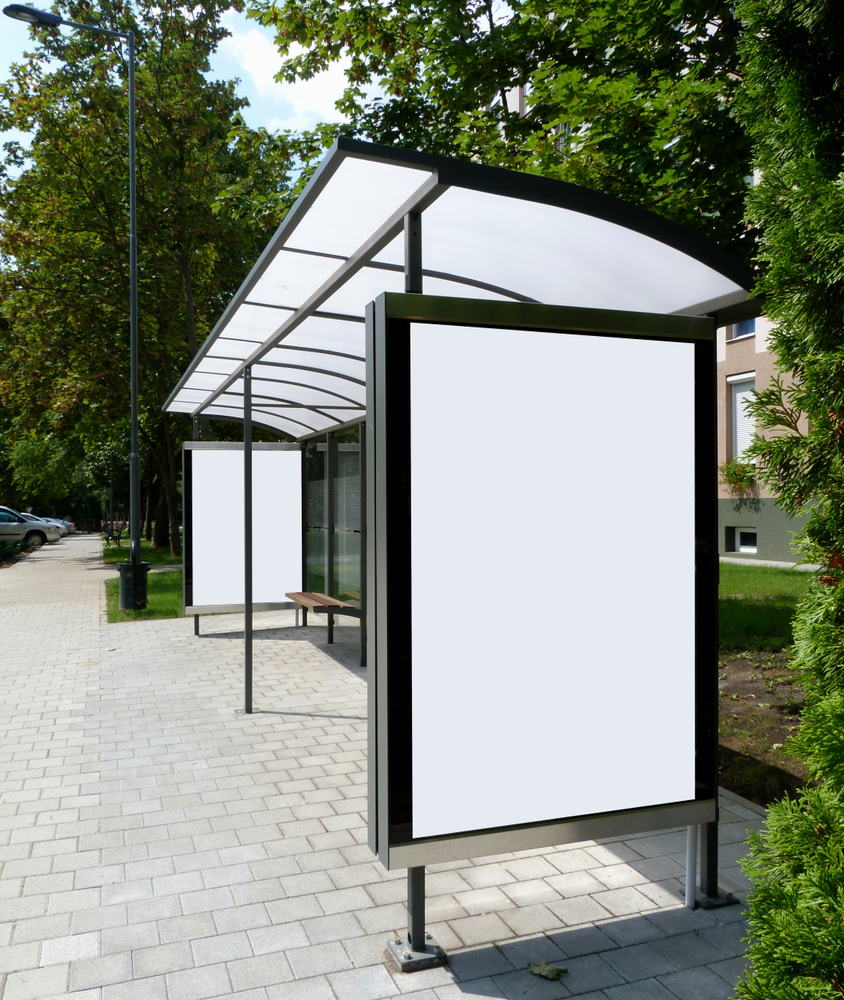
The closer a metropolitan neighborhood is to public transit services, the higher their real estate value, according to a new report from the American Public Transportation Association (APTA) and the National Association of Realtors (NAR).
“Public transit’s benefits go beyond moving people from point A to point B,” APTA President and CEO Paul Skoutelas said. “Public transportation is a valuable investment in our communities, our businesses, and our country. Public transportation gets people to jobs and educational opportunities and helps businesses attract employees and customers.”
Evaluating examples in seven metro areas throughout the country, The Real Estate Mantra — Locate Near Public Transportation report found that mobility options equal value for both commercial and residential real estate markets. This could take many forms: heavy rail, light rail, commuter rail, and bus rapid transit all had an impact, and that impact was significant. Between 2012 and 2016, residential properties with such links had a higher median sale price of 4 to 24 percent. In a majority of these metro areas, commercial properties gained similar boosts in median sales price per square foot of between 5 and 42 percent.
Transit-oriented areas also brought lower transportation costs for residents, giving them less reason to own cars of their own and yet giving them higher access to jobs. Their transportation costs were, on a yearly average, $2,500 to $4,400 less per household.
“Access to public transportation is a hugely valuable community amenity that increases the functionality and attractiveness of neighborhoods, making nearby communities more desirable places to live, work and raise a family,” Charlie Oppler, NAR First Vice President, said. “The results of our report, conducted over multiple years alongside the American Public Transportation Association, should reiterate to policymakers at all levels of government the importance of investing in modern, efficient infrastructure that facilitates growth and helps our nation keep pace in a rapidly evolving world.”
The study built its report on five criteria: residential and commercial sales performance, rent, neighborhood characteristics, local government interventions, and housing affordability for properties near transit.